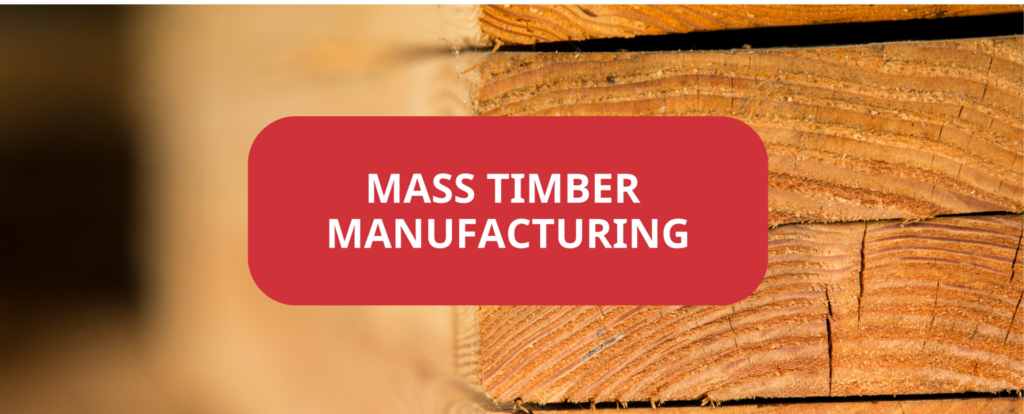How the Mass Timber Market is Vital for the Wood Manufacturing Industry

The wood manufacturing industry is experiencing a significant transformation with the rise of the mass timber market. Mass timber, an engineered wood product that includes cross-laminated timber (CLT), glue-laminated timber (glulam), and laminated veneer lumber (LVL), is revolutionizing construction and offering numerous benefits to the industry. Here’s why the mass timber market is so important:
1. Sustainability and Environmental Benefits
Mass timber is known for its sustainability. Unlike traditional building materials such as concrete and steel, mass timber is a renewable resource. Forests can be managed and harvested sustainably, ensuring a continuous supply of raw materials. Trees absorb carbon dioxide as they grow, and using wood in construction locks this carbon away, reducing the overall carbon footprint of buildings. This aligns with global efforts to promote the wood manufacturing industry as a key player in sustainable construction.
2. Economic Opportunities
The mass timber market has opened up new economic opportunities for the wood manufacturing industry. It stimulates demand for engineered wood products, leading to job creation in manufacturing, forestry, and construction sectors. As mass timber becomes more popular, there is a growing need for skilled labor and innovation, driving economic growth and development within the industry.
3. Innovative Construction Solutions
Mass timber offers solutions for modern construction challenges. Its strength and versatility allow for the construction of high-rise buildings, which were traditionally dominated by steel and concrete. Mass timber buildings can be prefabricated, resulting in faster construction times, reduced waste, and lower labor costs. This efficiency makes mass timber an attractive option for developers and builders, boosting additional demand.
4. Enhanced Building Performance
Buildings constructed with mass timber are known for their superior performance. They provide excellent thermal insulation, contributing to energy efficiency and reducing heating and cooling costs. Mass timber also offers improved seismic resilience, enhancing the overall safety and structural performance of buildings. This construction is ideal for areas where the structures need to withstand a variety of natural disasters.
5. Aesthetic and Design Flexibility
Mass timber’s natural beauty and warmth add aesthetic value to buildings. It allows for creative and flexible design possibilities, enabling architects to create visually stunning and unique structures. The appeal of exposed timber interiors can attract clients and tenants, making mass timber buildings desirable in the real estate market.
Conclusion
The mass timber market is a game-changer for the wood manufacturing industry. It promotes sustainability, drives economic growth, offers innovative construction solutions, enhances building performance, and provides aesthetic flexibility. As the demand for sustainable and efficient building materials continues to rise, mass timber stands out as a crucial component of the future of construction, securing a bright future for the wood manufacturing industry.
